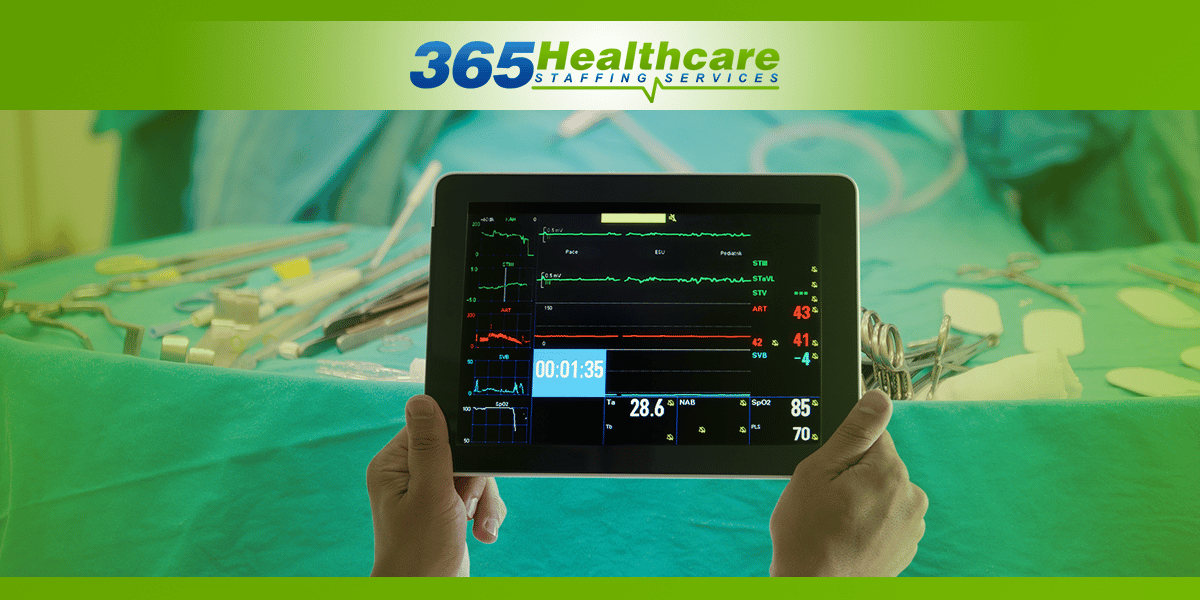
Benefits of Tablets in the Operating Room
When patients are wheeled into the operating room for surgery, they may wonder why some members of the surgical team use tablets. One reason is that tablets allow staff to automate data. Automating the data saves time, encourages use, speeds up the implementation of improvements, […and] allows more time for patient care and more consistent practice across hospitals. Although this data automation applies to many functions, the first four to be automated are hand hygiene, preoperative patient skin antisepsis, cleaning and care of surgical instruments, and sterilization.
Over time, as surgical personnel become more familiar with using tablets in the operating room, they may begin to use them in a variety of different ways. Many medical schools, recognizing the benefit of tablets in medicine, are helping their students become familiar with this technology well before the students begin to care for patients. Major medical schools, such as Stanford and University of California, Irvine, have made decisions to provide iPads to all incoming medical students this year.
Practical Applications
Different surgical teams may use tablets in different ways. Some of the most common uses include imaging studies, viewing photos relevant to the surgical procedure, and keeping track of automated data, as noted above. However, surgeons are just starting to scratch the surface of the potential uses of the iPad and other tablet devices. New apps will help surgeons with administrative tasks, such as tracking the surgeries they have done.
Tablets have proven particularly helpful in Mohs Microscopic Surgery (MMS), a surgery used for cases of skin cancer. This type of surgery involves mapping excised tissue in relation to its original location. Tablets make it possible to save maps to the cloud, download them to the laboratory’s computer, and process them to a digital photographic map for viewing by the surgeon on a tablet in the operating room.
Important Technological Advances
A surgical environment is, by necessity, a sterile environment. How does it work with tablets? Some surgical teams have developed their own methods to ensure that the tablets are sterile, but there are options available to purchase. One example, eShield, allows surgical staff to maintain touch capabilities of modern screens.
The tablet is a new technology for the operating room, but there is more to come. Kaiser Permanente’s Garfield Center for Innovation is a testing ground for healthcare innovation. It offers a glimpse of an operating room with various technologies – Google Glass, telepresence, voice-controlled tablets, big wall-mounted screens – that could make crisis checklist procedures more effective.
Are You Proficient with a Tablet?
At 365 Healthcare Staffing Services, we specialize in the recruitment and placement of healthcare professionals in per diem, travel, and permanent assignments in healthcare facilities across the country. What’s your level of proficiency with a tablet in the operating room – or elsewhere in a medical environment? We’d love to hear about it, so if you are looking for your next assignment, give us a call at 310.436.3650.

